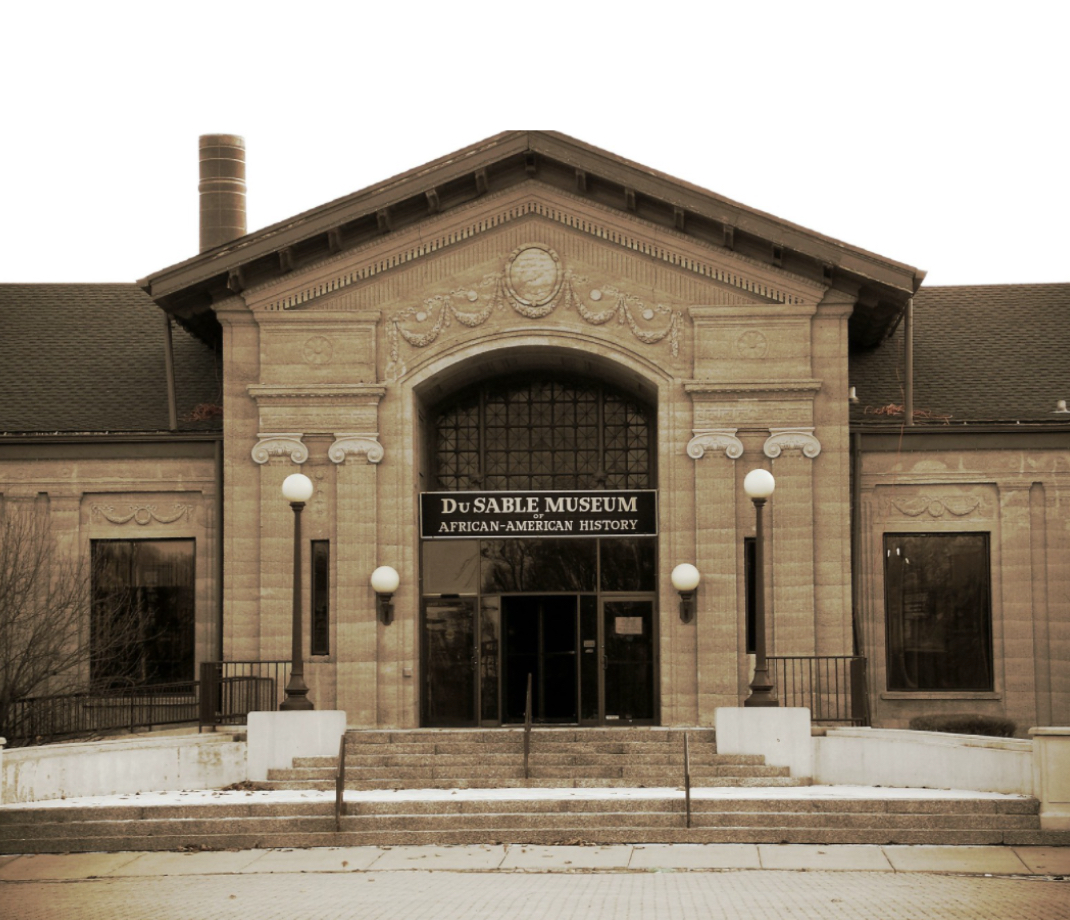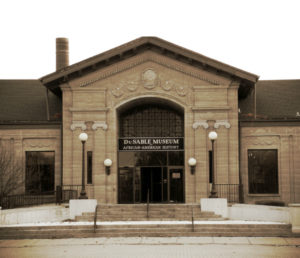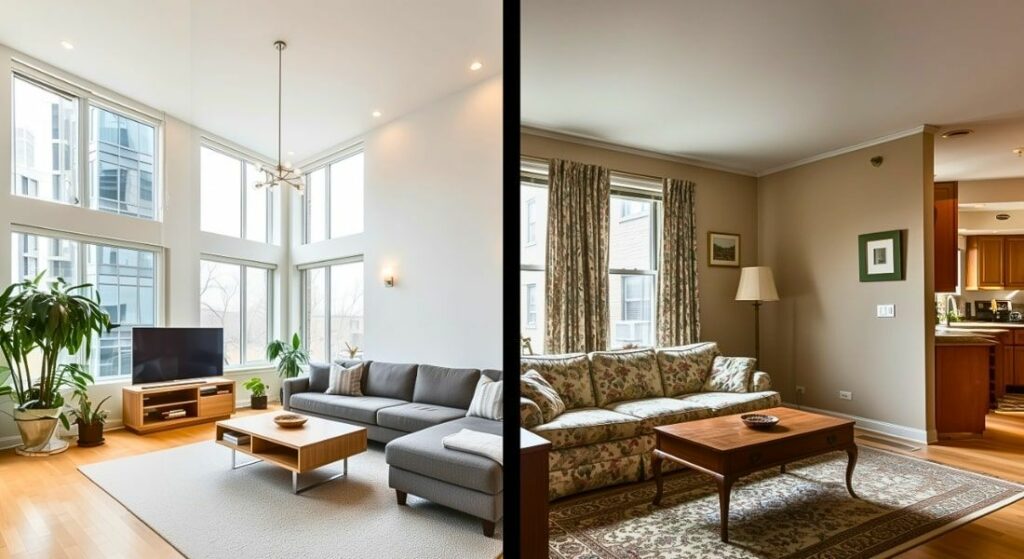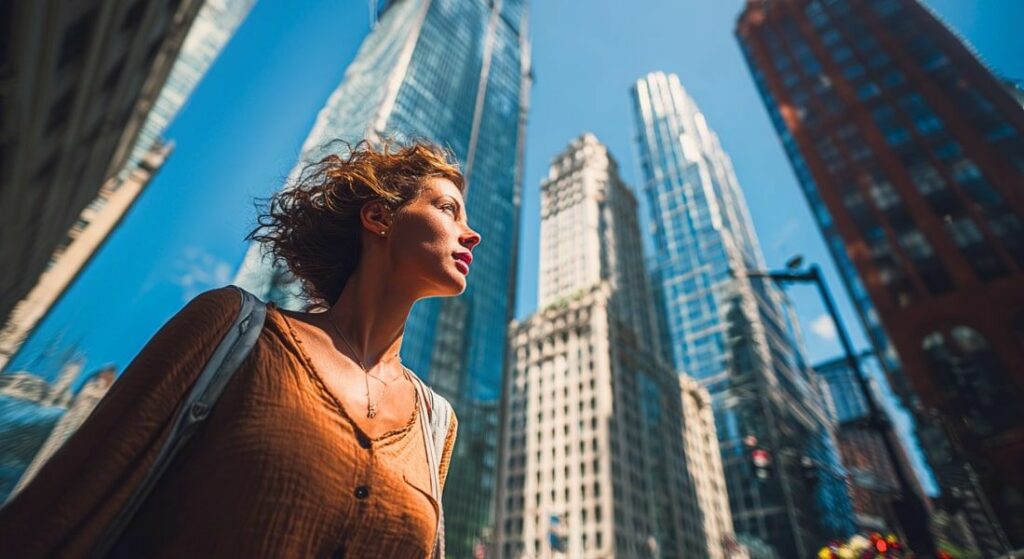Museum Spotlight: The DuSable Museum of African American History

Located at the edge of Washington Park, one of Chicago’s great parks, the DuSable Museum of African American History is dedicated to the study and conservation of African-American history.

History
In the early 1960s, artist Margaret Taylor-Burroughs, her husband, Charles Burroughs, their friend, Bernard Gross, along with numerous, others started the Ebony Museum of Negro History and Art. The group created the museum to correct the omission of black narratives in other history museums. Throughout the 60s, the museum changed location numerous times, from the Burroughs’ home to the South Side Community Art Center until 1973 when the Chicago Park District dedicated a permanent site to the museum in Washington Park.
The DuSable Museum quickly became a model for creating an educational resource on African-American history and was emulated in Boston, Los Angeles, and Philadelphia. The DuSable Museum is the oldest museum of African-American history in the United States and was previously the largest before the construction of the National Museum of African American History and Culture in Washington DC.
In 2016, the DuSable Museum became an affiliate with the Smithsonian Institution.
Today
Today, the DuSable Museum continues to document African-American history with a focus on the African-American experience in the city of Chicago.
The museum holds a collection of over 13,000 artifacts, books, artistic pieces, photographs, and forms of memorabilia as well as a rare book and artifact collection. This year marks the DuSable Museum’s 60th anniversary.
Visit
Along with its permanent collection, the museum holds numerous visiting exhibitions throughout the year. Currently on exhibit is The March, a groundbreaking virtual reality experience presented by Viola Davis detailing the 1963 March on Washington, South Side Stories: The Art and Influence of Dr. Margaret T. Burroughs, 1960-1980 and online exhibitions, including Freedom, Resistance, and The Journey Toward Equality that take visitors on a journey of the African American experience throughout history.
You can purchase tickets to the museum upon entry. Be sure to stroll through Washington Park after your visit as it offers expansive green spaces, a lagoon, and beautiful landscaping.





